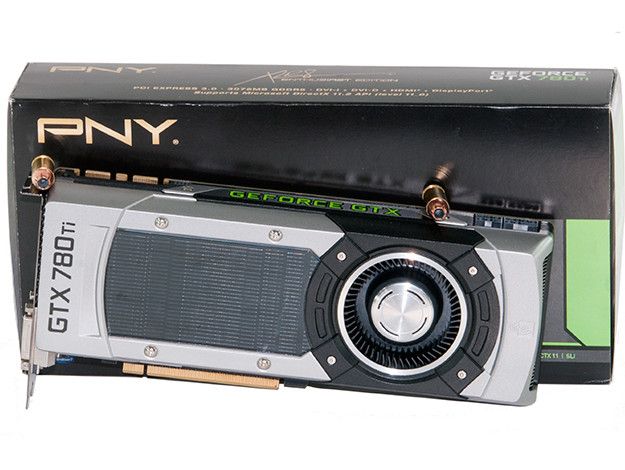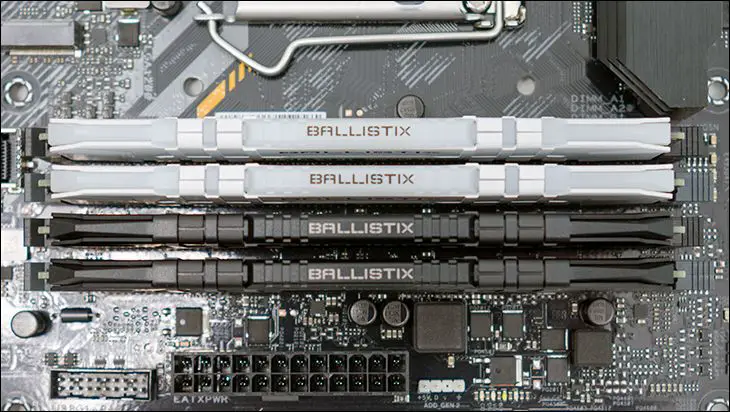In the Synthetic Gaming Benchmarks section we will show a number of benchmark comparisons of PNY GeForce GTX 780Ti XLR8 and other comparable GPUs, using various benchmarks which come included with five popular modern PC games. This will illustrate how much performance the GeForce GTX 780Ti XLR8 has to offer. To ensure that long term performance is and not short term performance is illustrated 15 minutes of Unigine’s Valley benchmark was run to ‘warm up’ the video card. Only then were any tests run on the now warm video card.
Sleeping Dogs Gaming Benchmark
Sleeping Dogs is an open world action-adventure video game developed by United Front Games in conjunction with Square Enix London Studios and published by Square Enix, released on August 2012. Sleeping Dogs has a benchmark component to it that mimics game play and an average of four runs was taken.
The settings used in the testing below are the Extreme display settings and a resolution of 2560×1440 and 1920×1080. World density is set to extreme, Vsync disabled, high-res textures are enabled, and shadow resolution, shadow filtering, screen space ambient occlusion, and quality motion blur are all set to high.


While no single card is able to do consistently do above 30 frames per second with every setting maxed out at 1440P, the GeForce GTX 780Ti XLR8 does post a remarkable boost in minimum frame rates over both a stock GeForce GTX 780 and a GeForce GTX Titan. Specifically, it may cost $200 more than the standard 780 but in return you do get an additional four frames per second on the all import minimum results. In most cases it is the minimum frame performance that forces gaming enthusiasts to turn down the post processing levels and this increase is significant to say the least!
Conversely this powerhouse of a card is pretty much overkill at 1080P but once again, the increase will be noticeable. 30 frames per second is not a hard and fast rule and for some the extra 6 frames per second on the minimum side of the equation backstopped by a whopping 11+ frames per second increase on the average will certainly be noticeable. More importantly this extra buffer is the difference between ‘nearly good enough’ (GTX 780) and ‘more than good enough’ (GTX 780Ti).
The same holds true for the GeForce GTX 780Ti XLR8 vs. GeForce GTX Titan comparison and while the Titan does post very good numbers the GTX 780Ti is simply better – yet costs a heck of a lot less. That to us is even more impressive.











